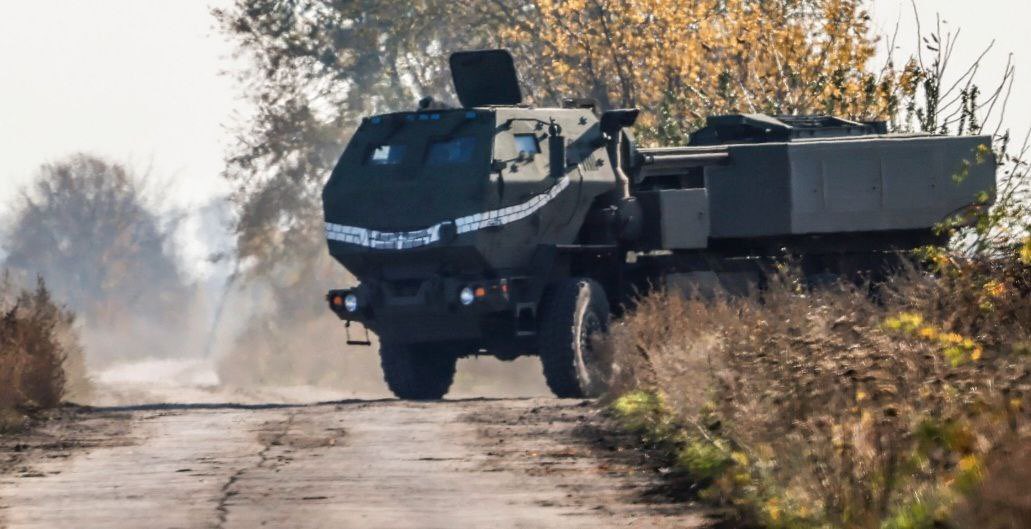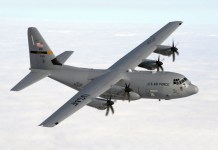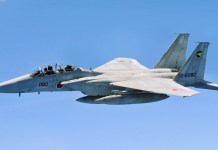Russia increasingly relies on drones and missiles, not its vaunted artillery, to strike Ukrainian armor and guns along the frontlines. The change of tactic appears to yield good results in the number of videos released by the Russian Ministry of Defense (RuMoD).
Facing the determined hostility of Ukrainian forces all along the frontlines and its own stretched supply lines in the Kherson region, Russia is sending more and more surveillance and kamikaze drones; and precision-guided artillery shells to the battleground.
One Izvestia report suggests that Russia is also using its Buk-M3 medium-range surface-to-air missile system to strike HIMARS systems.
Reliance on precision aerial weapons reduces the reaction time required to meet a threat emerging along the frontlines. It also reduces the need to haul artillery shells over long supply lines from ammunition depots located deep in the interior, outside the Ukrainian HIMARS range.
Because of their vulnerability to Ukrainian kamikaze drone attacks, the stretched supply lines led to a lot of attrition.
Military expert Vladislav Shurygin recently told Izvestia, “We are working on a reconnaissance-strike circuit – where we are constantly searching for targets from drones, and when they are detected, we immediately aim precision-guided munitions at them.”
RuMoD has recently released an impressive amount of video footage of Ukrainian tanks, M777 guns, radars, and Buk-M1 launchers being struck by Lancet drones. Very often, drones strike moving targets.

Russian kamikaze drones typically coordinate with high-flying reconnaissance drones equipped with good optics. The reconnaissance drone operator locates the target and relays its coordinates to the kamikaze drone operator, who feeds in the coordinates and launches the drone from a safe distance in the rear.
As the kamikaze drone approaches its target area, it can receive updated target coordinates through its operator chain.
The Lancet drone has an optical sensor to record its flight path into the target. RuMoD typically posts footage from the optical sensor of the drone showing the drone striking the target, followed by footage from the high-flying reconnaissance drone showing the Lancet hitting the target.
Buk-M3 Vs. HIMARS
Russian forces, which have brought down scores of HIMARS projectiles using Buk-M2 and Buk-M3 systems, are now also using the Buk-M3 system to strike at HIMARS systems launching the projectiles.
A Buk-M3 operator interviewed by Izvestia claimed that the system could track the projectiles launched from the HIMARS system and then take out the HIMARS system on the ground with a single Buk-M3 missile.

The Buk-M3 can detect targets flying as low as 5 meters. The system can extrapolate the launcher’s exact location by tracking multiple rockets fired from the launcher at short intervals.
“You can shoot down in batches. In principle, if there are three missiles [from HIMARS], you can shoot down with one of our missiles,” the Buk-M3 operator told Izvestia.
A Buk-M3 missile strikes its target using command guidance, active homing, or a combination of both. The missile is equipped with a directional explosion warhead.
- Vijainder K Thakur is a retired IAF Jaguar pilot. He is also an author, software architect, entrepreneur, and military analyst. VIEWS PERSONAL
- Reach out to the author at vkthakur (at) gmail.com




